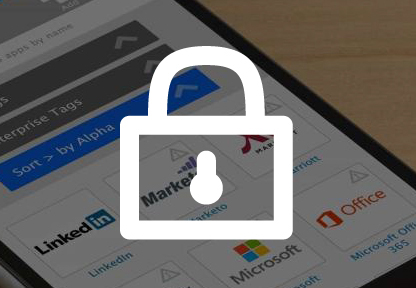There’s no end to IT security vulnerabilities. You solve one problem today, and another will appear tomorrow. Is that just the nature of work in IT security? The way you answer that question will shape how well you protect your organization.
IT Security Vulnerabilities: Reactive vs. Proactive Approaches
In reality, you need to think about IT security vulnerabilities more deeply. There are at least two ways to approach this issue. Let’s start with the reactive approach, which most IT security professionals use instinctively.
With the reactive approach to IT security vulnerabilities, you wait to hear about problems. You visit the websites for your major software providers such as Microsoft and IBM. You attend webinars and conferences. You’re looking for news and reports about new vulnerabilities. You might even occasionally dip into the dark web for early news about vulnerabilities and security problems. All these are helpful tactics to stay informed. They’ll help you improve your understanding of security vulnerabilities.
However, reactive or passive monitoring of IT security vulnerabilities isn’t enough. That’ll only take care of the most obvious IT security flaws. For instance, such techniques won’t help you detect problems in any custom software that’s been developed in house. Reactive monitoring needs to be supplemented with proactive methods to gain a full understanding of your security risks.
The proactive approach to IT security vulnerability management uses a few different methods. First, you start with the assumption that public information about vulnerabilities is limited and incomplete. Second, you assume it’s impossible to stay fully up to date on every patch and every potential vulnerability. With custom software, you may set up a schedule to conduct tests and code review to find problems. As a result, you put in place protections and systems that limit the potential impact of a successful exploit of a security vulnerability.
Building a Multi-tier Defense with SSO
No respectable IT security strategy relies upon a single tool, strategy, or tactic. By using multiple techniques, you’re more likely to protect yourself from catastrophic loss. At first glance, implementing a Single Sign-On (SSO) solution might not seem related to IT security vulnerabilities, but not so fast.
Picture this scenario: Your company uses over 100 software applications. When you factor in cloud services, SaaS tools, and third parties, the number is far higher. Your IT security staff members are busy, so they monitor the top 20 most significant software vendors for IT security vulnerabilities. The rest of your technology stack? Those are monitored less frequently. That’s where you can run into problems. What happens when a hacker breaks in by exploiting a security vulnerability?
With robust SSO in place, you can limit the damage. Since your users will only have one password to manage, you can mandate much more complex passwords. If you do change password expectations for all employees, we suggest offering a password training session. You can also easily identify and manage inactive user accounts, so your sign-on process will be much more robust. That strong defense will buy you time to rally the troops and defend yourself.
How Else Does SSO Benefit the Organization?
Limiting the damage of a hacking incident is just one of the benefits of implementing SSO. There’s much more to the story, though. Unlike other IT security software, SSO has the rare advantage of making life easier for your end users. Instead of keeping a “secret” notebook with dozens of logins and passwords scrawled on the back page, your users will have to keep track of a single password. You can encourage better security habits because you’ve just made security easier to manage.
Implementing SSO helps the IT security organization become more efficient. Instead of spending time every month monitoring multiple user accounts and systems, you can focus on managing the SSO system instead. If you free up four hours per month, what could your cyber security staff achieve? They could have more free time to proactively research and test for IT security vulnerabilities. They could also review your company’s third-party security risk and physical security exposure.
The technology division isn’t the only area that benefits from SSO; finance also benefits. When you use Avatier’s SSO software, you get a better line of sight into your SaaS license usage. Picture the following scenario. Finance produces a report showing the top 10 SaaS services by annual spend. Cost information isn’t enough. You need to push deeper to find out which services are valuable. For example, you might find that the customer relationship management (CRM) system is used by 95% of the sales department every week. In that case, cuts to CRM spending don’t make sense. On the other hand, you might find out that only 25% of your developers are using a specialized penetration testing SaaS service. In that case, you might be able to reduce your SaaS licenses and costs without affecting productivity.
What’s Next to Improve Security Effectiveness and User Convenience?
Using a single sign-on solution immediately makes life better for your end users. At the same time, IT security staff members will have an easier time detecting security vulnerabilities and proactively managing risk.
Traditionally, improving IT security controls meant more work and pressure on end users. That’s one reason why IT security is viewed as a roadblock to success in some companies. Better technology is disrupting this assumption. For example, suppose your employees have to spend 15 minutes on the phone every time they need a new password. That’s a major hassle, especially when you come back from vacation. To save time, we recommend using Apollo, a 24/7 virtual agent that can reset passwords that come in by Slack, text message, and website.




